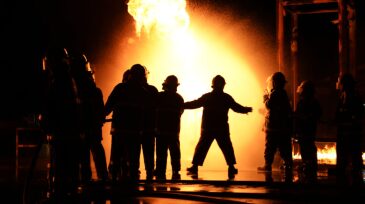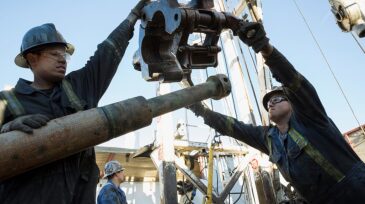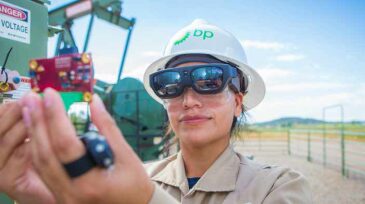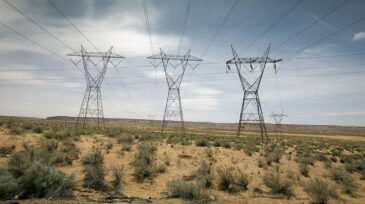Safety
This study ascertains the capital expenditure and operating expenditure associated with the reuse of existing facilities, specifically regarding a carbon capture and storage project being prepared in South Korea.
Sponsored
Advance your career with the new Pipeline Engineering Program at the Technical University of Leoben, a 5-month course combining on-campus and online learning, integrating industry expertise, engineering practice, and future-ready skills for professionals in oil, gas, and emerging energy systems.
A resilience-based approach to safety was the focus of a panel of experts at the 2025 SPE Annual Technical Conference and Exhibition in Houston.
-
CIS has been awarded the President’s Award for Occupational Health and Safety from the UK’s Royal Society for the Prevention of Accidents.
-
Oil and gas performance specialist Salos has teamed up with a human behavior consultancy to reduce health and safety risks in the sector. The Aberdeen-based business has worked closely with HFB Consulting over the past year to create an aviation training plan tailored to the oil and gas industry.
-
The Petroleum Authority of Uganda, together with the Ministry of Health and the Uganda Health Federation, held a one-day conference to discuss health investment opportunities in the oil and the gas sector while highlighting the standards expected.
-
The practice of safety has a definite ethical component. Often, the most ethical actions to take are obvious, such as the choice between a legal action and an illegal one. Other times, there are many considerations that may cloud decision-making.
-
Recommended Practice 2001, Fire Protection in Refineries, includes important revisions on hazard analysis, new ways to improve the design of refineries to help prevent fires, and new information on managing the potential environmental impact of firefighting foams and marine firefighting.
-
In process industries, major accidents can result in numerous severe injuries or fatalities. This study reviews the broken human factors and barriers leading to these events and highlights key aspects of a technological-risk-assessment processes.
-
Local officials are calling on Massachusetts Gov. Charlie Baker to require studies of health and safety risks before approving new natural-gas infrastructure. In separate letters, boards of health representing 100 communities raise concerns about the state's reliance on natural gas as a fuel source.
-
About a third of claims for medical or sickness benefits are related to mental health issues, often resulting from stress. And with the oil sector downturn, mental health claims have increased, a director of an Aberdeen-based financial advisory firm said.
-
The Israeli company has developed augmented-reality solutions that enable field technicians in energy and other industries to avert disasters such as BP's Gulf of Mexico oil spill.
-
In a new troubling escalation, hackers behind at least two potentially fatal intrusions on industrial facilities have expanded their activities to probing dozens of power grids in the US and elsewhere, researchers with security firm Dragos reported.













